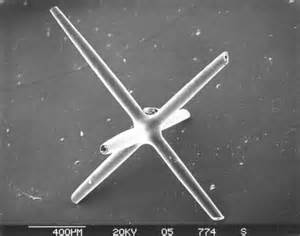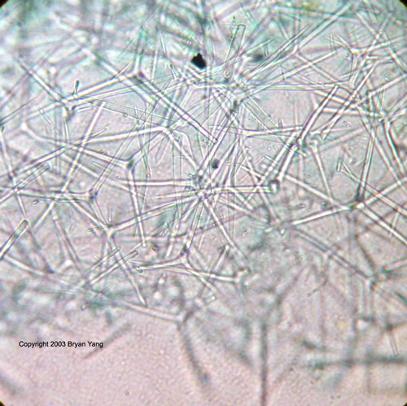• the role of the respiratory system
• the following organs: nasal cavity, trachea, epiglottis, bronchi tubes,
lungs, alveoli, and diaphragm
• problems that can arise in the respiratory system: pneumonia,
bronchitis, asthma, hiccups
• the term lung capacity
Review the circulatory system:
• the role of the circulatory system
• the following blood vessels: veins, arteries, and capillaries
• the following parts of the heart: superior and inferior vena cava,
right atria, right ventricle, pulmonary artery, pulmonary vein, left atria,
left ventricle, and aorta
• the following parts of blood: red blood cells, white blood cells,
plasma, and platelets.
• problems that may arise from poor nutrition or genetics: high
blood pressure, heart attack, strokes, hemophilia, and sickle cell anemia.
1/24/20 Review nutrition and the digestive system
• the nutrition terms organic molecule, protein, lipid, simple and complex carbohydrates, starch, calories, fiber, vitamins and minerals, portions, serving size, body mass index, glycemic index, metabolism
• the new federal guidelines for eating healthy in schools
• the role of the digestive system
• problems that may arise from poor nutrition: obesity, high blood
pressure, heart attack, strokes, type 1 and 2 diabetes
• the following organs: mouth, salivary glands, teeth, esophagus,epiglttis, stomach, small intestine, liver, pancreas, gallbladder,large intestine, colon, anus
digestive terms: mechanical digestion; chemical digestion;
the enzymes amylase pepsin HCL bile insulin
• problems that may arise in the digestive track: appendicitis, choking,consitpation, diarrhea, vomiting ulcers
Advanced Bio 1/16/2020 Assignment Do the Following on Notebook Paper
Review the excretory system:
• the term homeostasis
• the role of the excretory system, specifically the urinary track
• the following organs: skin, lungs, the kidney, ureter, bladder, and
urethra
• problems that may arise in the urinary track: kidney stones,
proteinuria, gout, urinary track infections, kidney failure
• the medical terms: dialysis, urinalysis
Annelids Power Point
Advanced Bio 12/12/19-Make a presentation using google slides on Annelids. Share your presentation with me through my email: katkrier@usd220.net.Show evolutionary relationship to other phyla.
Discuss characteristics of phylum Annelida.
Discuss 3 classes of Annelids and the characteristics of each class.
Then find 3 short video clips of each class and add them to your power point or slides presentation.

|
Poll EV adv bio study guide.docx Size : 13.192 Kb Type : docx |

|
Ch 08 Muscular System.pptx Size : 4479.215 Kb Type : pptx |
SPONGES
Spicules are structural elements found in most sponges, though the type of spicules found in the different types of sponges varies. The picture below is of silicous sponge spicules. The picture to the right is calcareous spicules.


CNIDARIANS
Nematocyst

|
Ch 08 Muscular System.pptx Size : 4479.215 Kb Type : pptx |
Here is the Skeletal System Power Point Presentation for lecture notes. Be sure to follow the link at the end of the long bone section and take the quiz.

|
comparing avian and human skeleton 3.doc Size : 122.5 Kb Type : doc |